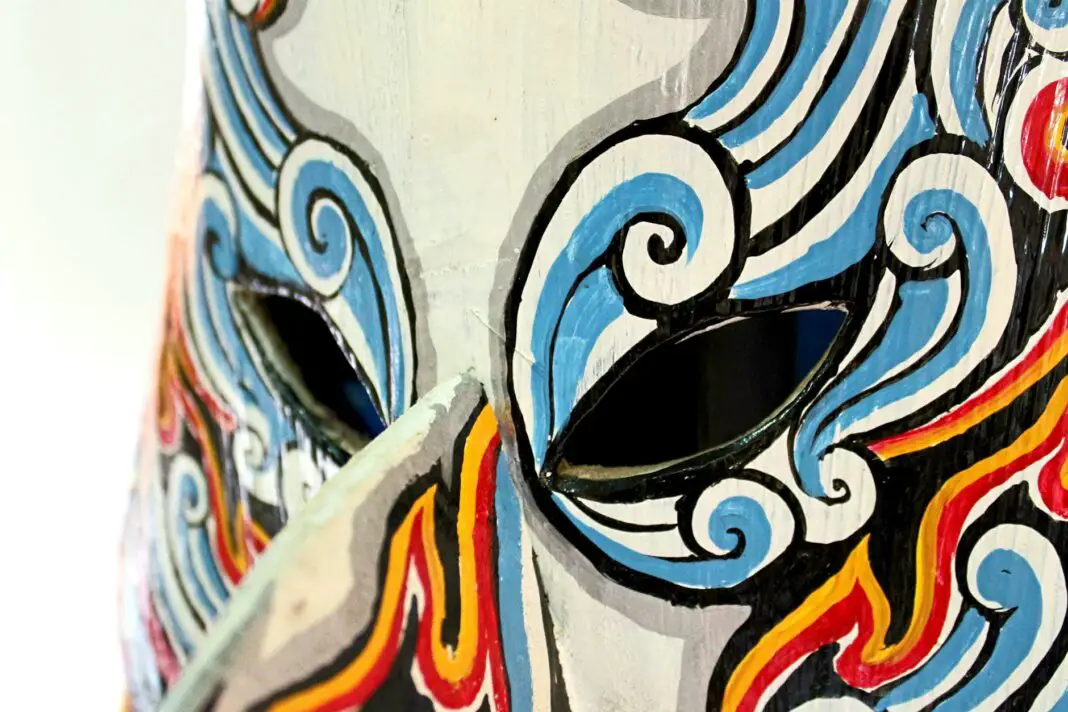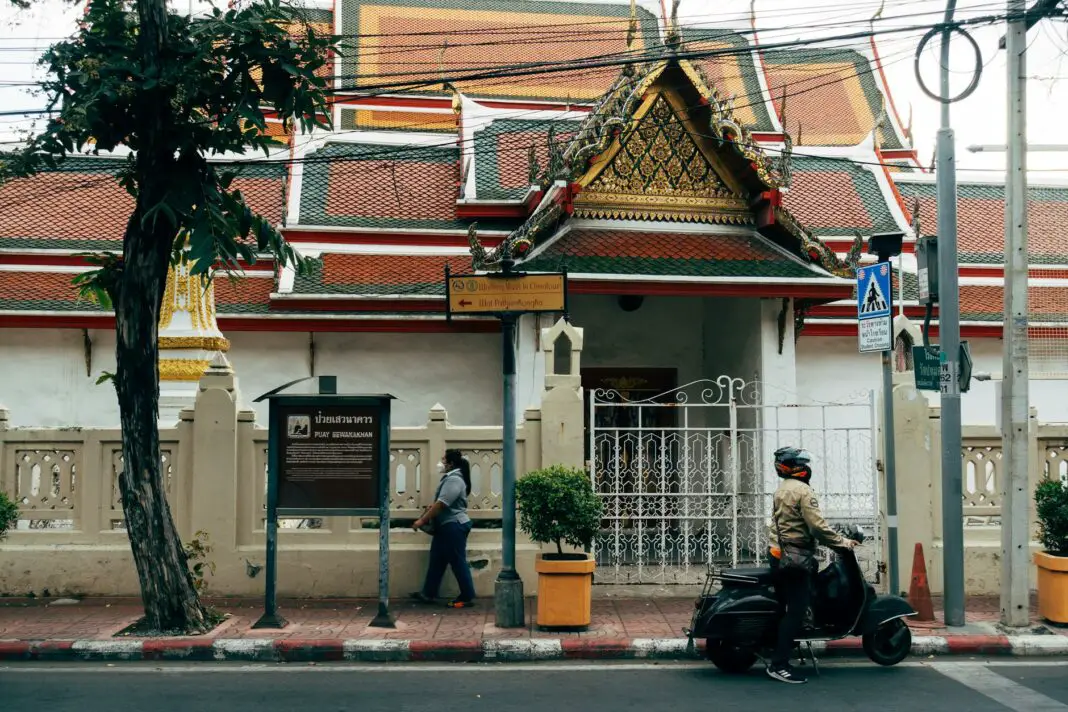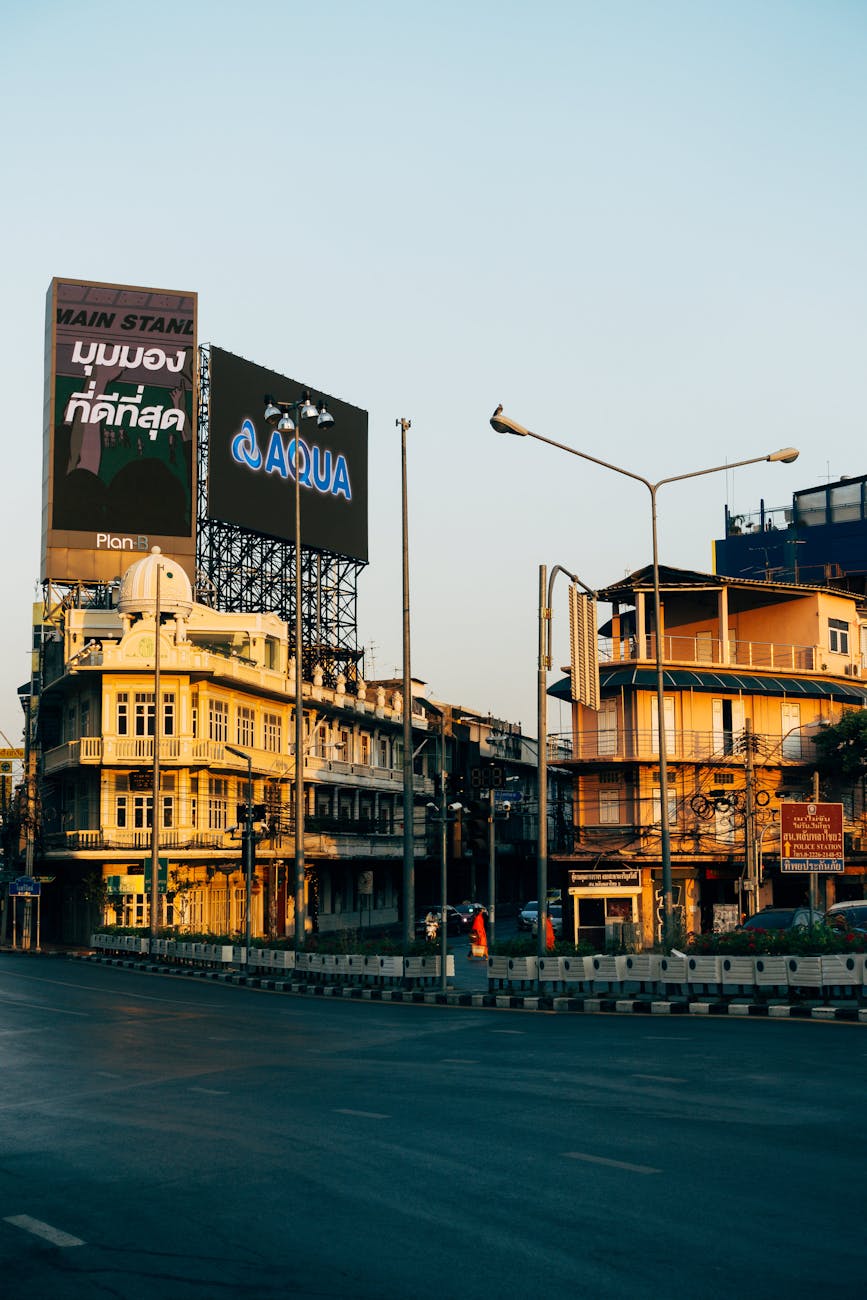Embarking on a trip to Thailand unveils a stunning tapestry of culture, history, and vibrant festivals. Beyond the picturesque beaches and tantalizing cuisine, the festivals of this Southeast Asian gem offer deeper meanings and insights into the Thai way of life. From the spiritual to the celebratory, these festivities reflect the country’s rich heritage and are a definitive aspect of its identity. Understanding the hidden meanings behind these events not only enhances your travel experience but also allows you to connect more profoundly with the local culture. Let us dive into the essence of Thailand through its enchanting festivals, exploring their significance and the stories they tell.
In this blog, we will discuss the various festivals of Thailand, shedding light on their hidden meanings and how they contribute to the vibrant cultural landscape of the country. Each festival epitomizes the essence of Thai traditions, offering visitors a unique perspective on the local customs and practices. Get ready to discover the beauty of Thailand’s celebrations and the messages they contain as we traverse through this colorful journey.
Table of Contents
- 1. Songkran: The Water Festival
- 2. Loi Krathong: The Festival of Lights
- 3. Yi Peng: The Sky Lantern Festival
- 4. Chinese New Year in Thailand
- 5. Buddhist Festivals: A Spiritual Journey
- 6. Embracing Thailand’s Cultural Tapestry
- 7. Frequently Asked Questions
1. Songkran: The Water Festival
Ringing in the Thai New Year, Songkran, celebrated each April, is well-known for its exuberant water fights. However, this festival is far more than just a joyous splash of water on sunny streets. It symbolizes the cleansing of sins and the washing away of misfortunes, heralding a fresh start. Traditionally, families visit temples to pour water over Buddha statues, a practice believed to bring good fortune. As you engage in the vibrant water festivities, take a moment to appreciate the spiritual connotation; each splash is an invocation for renewal and prosperity.
The highlight of Songkran is not just the merriment but the strong family values that come to the forefront. It is customary for younger generations to pay respect to their elders, offering them scented water and special foods, ensuring that the wisdom of the past continues to resonate within the family unit. This opportunity for familial bonding is an integral part of the festival, reinforcing connections and cultural significance in a modern world.
2. Loi Krathong: The Festival of Lights
Loi Krathong, celebrated on the full moon of the 12th month in the Thai lunar calendar, is often regarded as one of the most beautiful festivals in Thailand. Participants float beautifully decorated baskets (krathongs) on water bodies, illuminated by candles and incense, symbolizing the release of negative influences. The act of letting go reflects a desire for forgiveness and the hope for a brighter future. Each krathong carries the weight of dreams, wishes, and a heartfelt plea for blessings from the goddess of water.
As night falls, spectacular displays of lights, fireworks, and celebrations transform Thailand into a magical wonderland. However, beneath the surface, Loi Krathong serves as a reminder of our relationship with nature. The festival ignites discussions about water conservation and environmental respect, urging participants to acknowledge the water’s vital role in sustaining life and fostering community. Hence, floating a krathong transcends mere tradition; it encapsulates reverence for nature while nurturing a sense of unity among participants.
3. Yi Peng: The Sky Lantern Festival
In the same vein as Loi Krathong, Yi Peng is a majestic spectacle where thousands of lanterns illuminate the night sky. Although they occur simultaneously, Yi Peng carries its unique messages, particularly in northern Thailand. People release sky lanterns, or khom loi, as they symbolize the letting go of burdens, the material, and emotional ties that weigh one down. As they float higher into the sky, these lanterns evoke hope, healing, and a new beginning.
Historically, Yi Peng encapsulates Lanna traditions, celebrating the full moon of the second month in the Thai lunar calendar. Rich in heritage, the festival invites travelers to experience local customs right in their homeland. It is a poignant reminder that the simplest acts can hold profound significance, weaving people together through shared intentions and aspirations, where each lantern glows as a beacon of collective dreams lighting up the vastness of the night.
4. Chinese New Year in Thailand
Celebrated prominently in Thailand due to its large Chinese population, the Chinese New Year melds cultural traditions, symbolizing new beginnings filled with prosperity and auspiciousness. Events include dragon parades, lion dances, and theatrical performances, creating an energy that captivates both locals and visitors alike. While it showcases the local Chinese-Thai heritage, it serves as a splendid reminder of the multicultural fabric that constitutes Thai society.
One of the most cherished aspects of the festival is the sharing of traditional foods symbolizing wealth and longevity. Dishes like dumplings, spring rolls, and fish fill the tables, each with its vibrant symbolism intending to bring good fortune in the coming year. The sharing of these dishes among family and friends strengthens relationships and fosters unity, revealing that food is a universal connector, representing love, friendship, and tradition in culinary form.
5. Buddhist Festivals: A Spiritual Journey
Thailand, being predominantly a Buddhist nation, hosts various Buddhist festivals throughout the year, each illustrating facets of spirituality and cultural devotion. Vesak Day, for example, celebrates the birth, enlightenment, and death of the Buddha, reminding attendees of the values of compassion and mindfulness. During this day, temples across the country fill with candlelight, chanting, and prayer, fostering a vibrant atmosphere that inspires reflection and peace.
Every Buddhist festival is an invitation to deepen one’s understanding of teachings. Activities often involve merit-making practices, allowing individuals to seek spiritual growth while cultivating connections within their community. Representing the heart of Thai culture, these festivals highlight community values, contributing to personal and communal well-being and enhancing a traveler’s experience by placing emphasis on the human connection forged through shared beliefs and practices.
6. Embracing Thailand’s Cultural Tapestry
Exploring Thailand’s festivals unveils a rich tapestry of traditions that should be celebrated and cherished. Each festival not only encapsulates cultural heritage and significance but also reflects universal values such as renewal, hope, unity, and respect for nature. By understanding these vibrant celebrations, visitors gain invaluable insights that foster a deeper connection with the Thai culture. As you embark on your journey to Thailand, embrace these hidden meanings and become a part of the dynamic stories that this beautiful country has to offer.
7. Frequently Asked Questions
- What is the best time to experience Thailand’s festivals?
Visiting during the major festivals like Songkran in April and Loi Krathong in November allows you to immerse yourself fully in Thai culture. - Are the festivals appropriate for tourists?
Absolutely! Thailand’s festivals welcome tourists warmly, offering them a chance to participate and understand local customs. - How can I prepare for attending a festival in Thailand?
Research the specific festival you wish to attend, dress appropriately, and be respectful of local traditions and customs. - Can I participate in traditional ceremonies during festivals?
Yes, many festivals encourage participation, providing a unique opportunity to engage with locals and their customs.
Image Credit: Pexels





